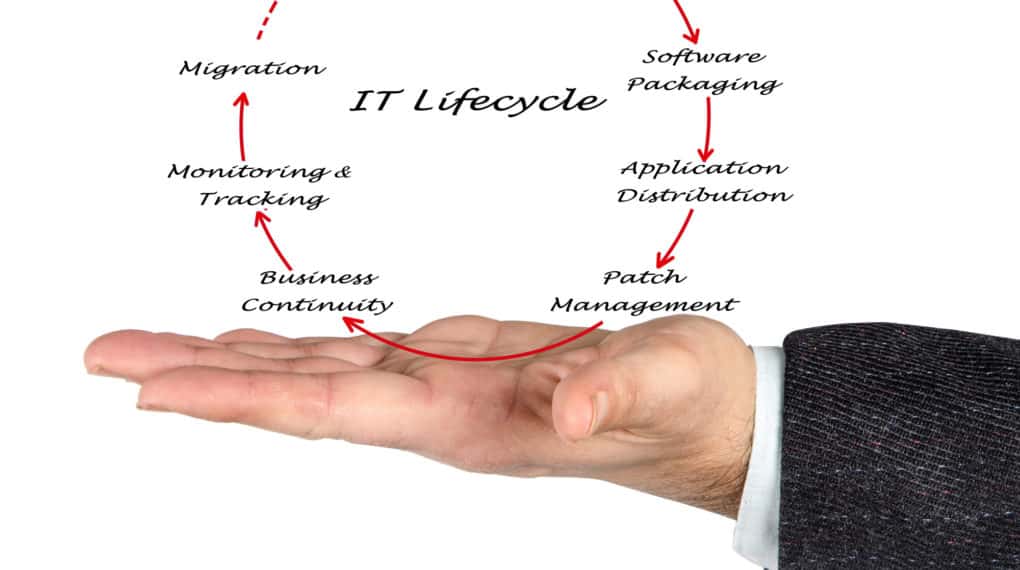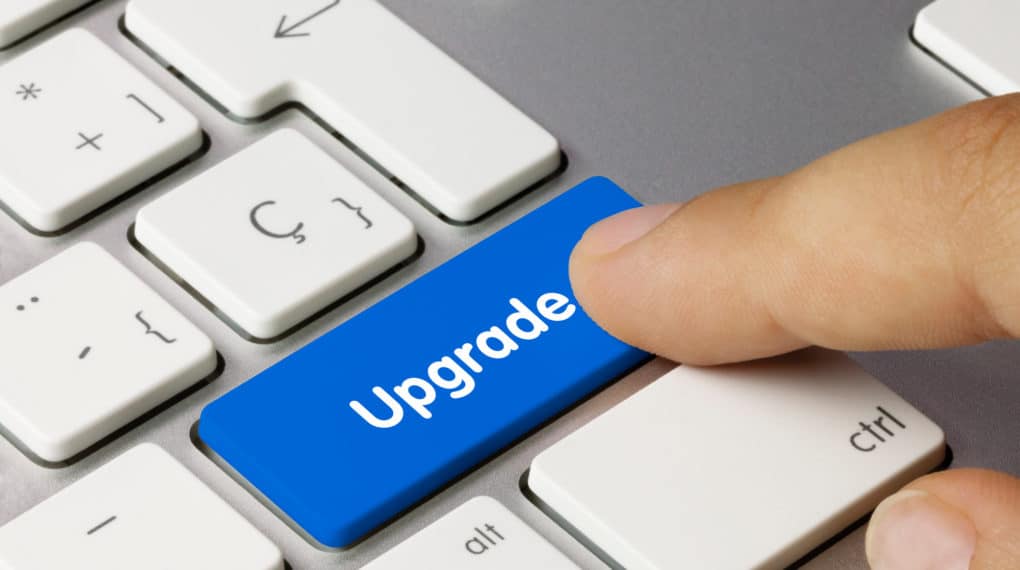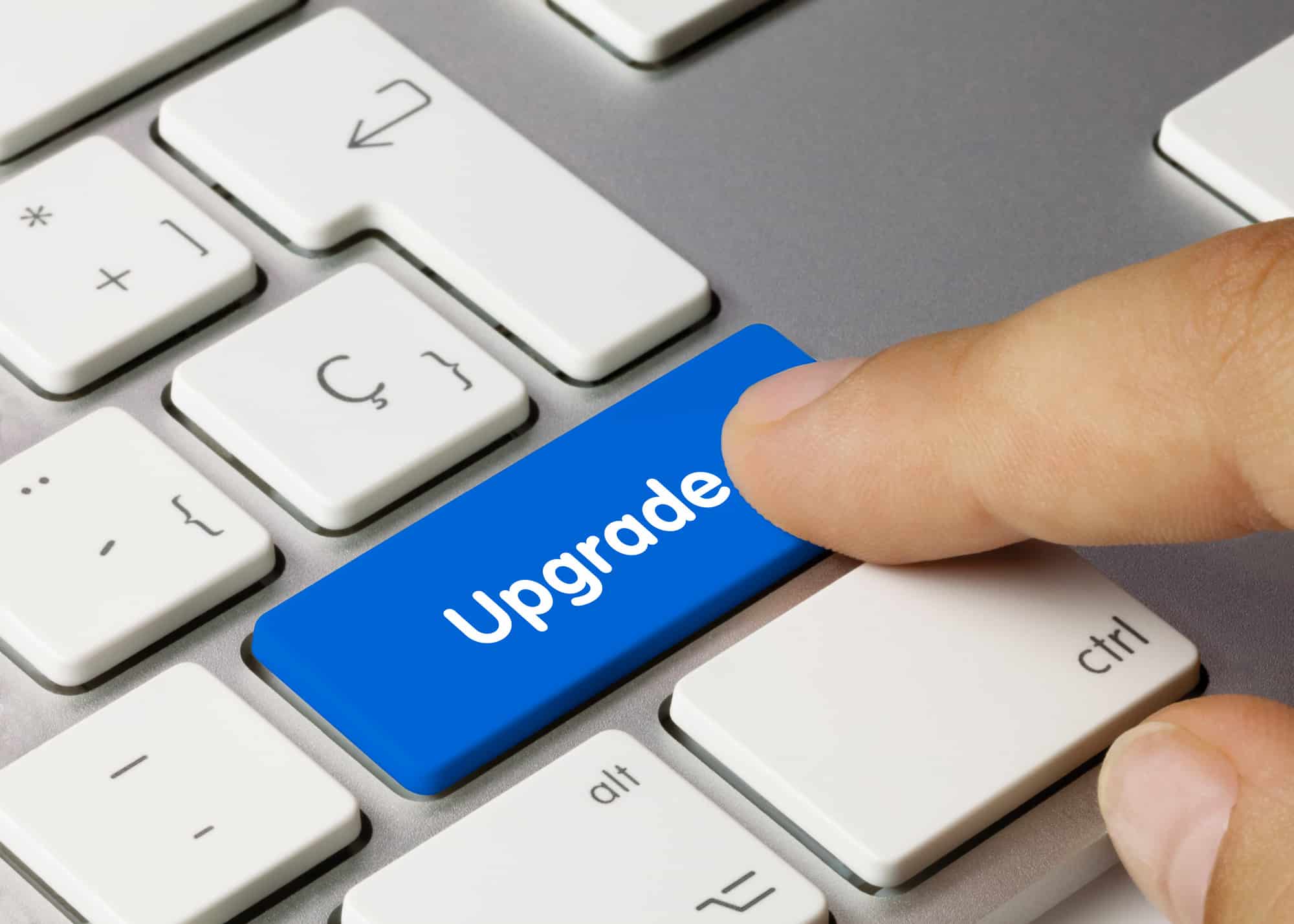Small and Medium-sized Enterprises (SMEs) are businesses that maintain revenues, assets, or several employees below a certain threshold. These enterprises play a crucial role in the economy, generating significant employment opportunities and contributing to the GDP.
Technology is critical for SMEs as it enables them to optimize operations, improve customer service, and compete effectively in the market. This article provides insights into the technology lifecycles in SMEs and guides them in determining the right time to upgrade their technology.

IT Lifecycle Management
Key Indicators To Upgrade Technology
Businesses must stay updated with the latest technological trends and advancements in a world dominated by technology. The best indicators to upgrade include the following:
1.Increasing Maintenance Costs
Older technology often requires more maintenance, resulting in increased costs for the business. Hardware components may need frequent replacements, and outdated software may require patches and fixes to remain functional.
These costs can quickly add up, making investing in newer technology more economical in the long run. Moreover, the time spent on maintaining old systems can be better utilized in activities that add value to the business. A rule of thumb is investing in new technology before EOFY to align the technology upgrade with the annual budgeting and planning cycle and prevent unnecessary costs.
2. Declining Productivity
When employees’ productivity begins to decline, it is often a clear indication that the technology used is no longer efficient. Staff members may spend excessive time dealing with slow systems, frequent crashes, or tools that could be optimized for the tasks.
Over time, this can lead to frustration among employees, increased stress levels, and, ultimately, a decline in overall business performance. Hence, monitoring productivity levels and identifying tech-related bottlenecks is crucial for maintaining a healthy work environment and business growth.
3. Incompatibility With Newer Systems
In today’s interconnected world, integrating with other systems is crucial for business success. However, older technology often needs help communicating with newer systems, leading to inefficiencies and potential roadblocks.
For instance, an outdated Customer Relationship Management (CRM) system may need to be able to exchange data seamlessly with a new marketing automation tool, leading to manual data entry and increased chances of errors.
4. Lack Of Vendor Support
Technology vendors often phase out support for older versions of their products. Businesses using outdated technology may no longer receive crucial updates, patches, or technical support.
This lack of support can lead to increased security risks, as any vulnerabilities in the system may still need to be addressed. Additionally, the absence of vendor support can make it challenging to troubleshoot issues, leading to longer downtimes and operational disruptions.
5. Security Vulnerabilities
Older technology is often more susceptible to security breaches. Hackers and cybercriminals continuously develop new tactics and exploit vulnerabilities in outdated systems. A security breach can result in the loss of sensitive data, financial losses, and damage to the business’s reputation. Moreover, businesses may face legal consequences for failing to protect customer data adequately.
Upgrading to the latest technology can significantly reduce the risk of security breaches. Modern systems often have enhanced security features like multi-factor authentication, encryption, and regular security updates.

How To Determine The Right Time To Upgrade
Upgrading your technology is an important decision that impacts not only the day-to-day operations but also the long-term success of your business. Deciding at the right time is crucial to maximize the benefits and minimize the disruptions. Here’s a guide on how to determine the time to upgrade.
1. Assessing Current Technology
Before any decisions can be made about upgrading, it’s essential to have a clear understanding of the current state of your technology. Conduct a comprehensive audit of all the hardware and software in use, their age, performance metrics, and any limitations. Assess how well the current technology serves your business needs and identify areas where it needs to catch up.
Consider how often your systems experience downtime, how quickly they operate, and whether they can handle the workload. Consider feedback from employees, as they are the ones using the technology daily. Their insights can be invaluable in determining if the current technology is hindering productivity or causing frustration.
2. Evaluating Costs And Benefits
Upgrading technology comes with a cost, not only in terms of money but also in terms of time and resources. It’s important to assess all the costs associated with an upgrade thoroughly. This includes the new hardware or software cost, installation, training, and any downtime during the transition.
Compare these costs with the benefits that the upgrade will bring. Consider the increased efficiency, reduced downtime, better security, and any other improvements the new technology will provide. It’s also important to consider the long-term savings that might result from reduced maintenance and support costs for older systems.
3. Readiness For Change
An upgrade isn’t just about technology; it’s also about the people who will use it. Consider whether your organization is ready for the change. This involves assessing the skills of your employees and determining whether additional training will be needed. It’s also important to consider your organization’s overall culture and whether it is conducive to change.
Communicate with your employees about the planned upgrade and involve them in decision-making. This will help to ensure buy-in and make the transition smoother. Additionally, consider whether your organization can manage the upgrade. This might involve assessing whether you have the necessary internal resources or whether you will need to hire external consultants.
4. Industry Trends And Competitor Actions
Lastly, consider the broader context in which your business operates. Are there any trends in your industry that suggest an upgrade is necessary? For example, are your competitors adopting new technologies that give them a competitive edge? Are there any new regulations or industry standards that require certain technologies?
It’s important to stay ahead of the curve and not fall behind your competitors. However, avoiding jumping on the bandwagon too quickly is also important. Carefully assess whether the new technology is a good fit for your business and whether it will provide a solid return on investment.
Conclusion
A careful assessment of the current state of technology, a thorough evaluation of the costs and benefits associated with the upgrade, and an understanding of the organization’s readiness for change are all critical factors to consider.
Additionally, staying informed about industry trends and competitor actions is essential to ensure the business remains competitive. By considering all these aspects, businesses can make informed decisions about technology upgrades contributing to their long-term success and sustainability.

